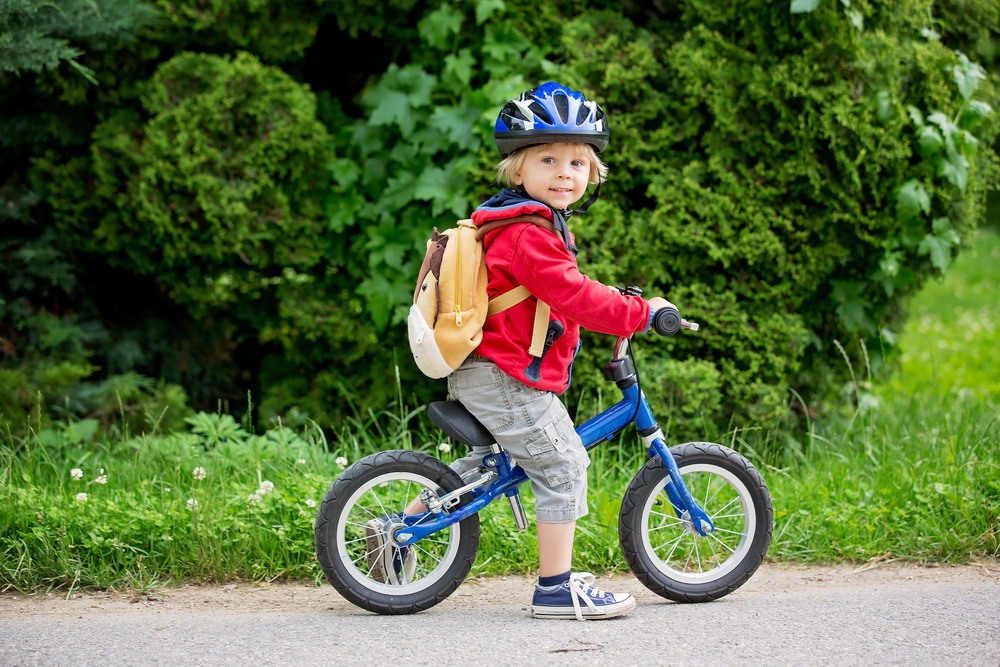If you remember being taught to ride a bike for the first time, you probably recall having a bike that was fitted with training wheels. These extra wheels are designed to fit to the back of the bike to stop it from falling over. Once children learned to steer and pedal a bike, the training wheels were removed, and the child then taught to master the skill of balancing the bike while pedaling.
These days, kids have the benefit of learning how to balance on a bike before they ever learn to use pedals. This new technology comes in the form of balance bikes. The experts at Woom say that a balance bike flips the whole learning to ride a bike process on its head. Because balancing on two wheels is the hardest part of learning to cycle, mastering this skill first makes the whole activity much easier.
How do Balance Bikes Work?
If you have heard of balance bikes but have never seen one, picture a small child’s bike with handlebars, a saddle, and two wheels. There will be no pedals or chain and there may or may not be any brakes. You might now be wondering how the child is meant to move the bike without any pedals, but the idea is that the feet will do the work.
A balance bike allows the child to place their feet on the ground while they rest their bottom on the saddle and then holds on to the handlebars. To move forward, they will move their feet and ‘walk’ the bike.
A balance bike allows children to focus on steering and balance only. As they get used to the bike, they will start to lift their feet so that they can glide along. To stop, they can simply put their feet on the ground.
Benefits of Balance Bikes
Balance bikes are lightweight bikes for kids that are specially designed to fit small children. They have a lower seat height than the smallest traditional pedal bikes, which usually start at 12 inches. A balance bike seat can be as low as 10 inches, making it ideal for young children, with some as young as 18 months learning to use them.
Another benefit of balance bikes is that they make it easier for children to steer and turn. Bikes with training wheels tend to make it harder to turn and they often get caught on uneven ground, providing an awkward ride for the child.
Perhaps the biggest advantage of the balance bike is that it makes the transition to a pedal bike much easier. As balance is the hardest cycling skill to learn, children often feel they are going right back to the beginning when the training wheels come off. With a balance bike, kids already know how to keep the bike upright with their feet in the air. When they transition to a pedal bike, they just need to learn how to pedal, which is something they can easily master as they glide along.
Conclusion
Balance bikes are becoming a much more common way for parents to teach their kids to ride a bike. The pedal-less bike allows children to focus on learning how to balance and steer before they ever need to worry about adding pedals to the mix.
Balance bikes are suitable for children as young as 18 months, and they make the transition to pedal bikes much more easy. They are typically lightweight and are very easy to use, which gives kids much more control and a much more enjoyable learning experience as well.













